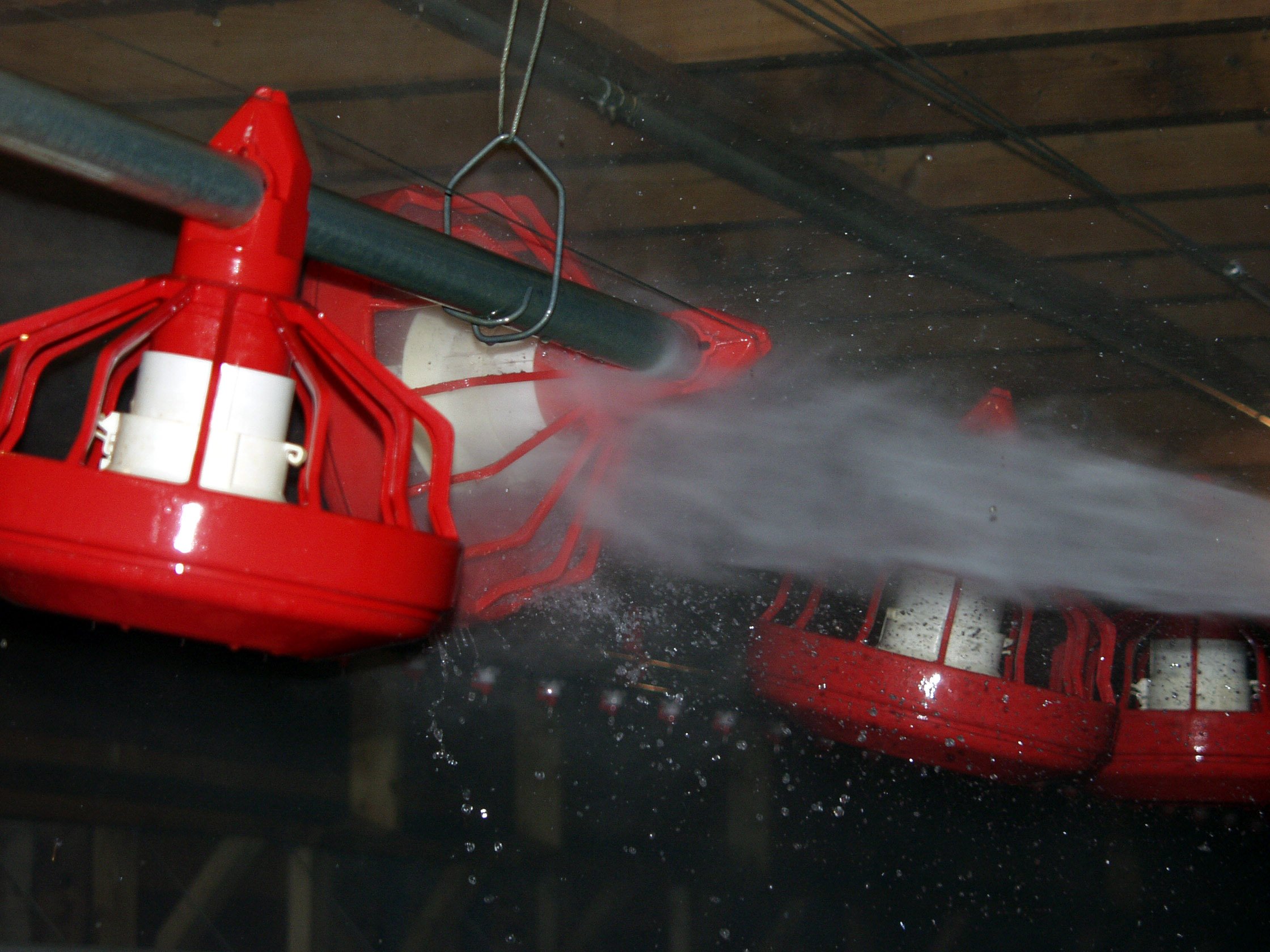


 Français
Français


Addressing avian influenza requires a two-pronged approach: prevention, in the form of strict biosecurity implementation, and preparation, by developing plans and SOPs, are equally important for tackling this new level of risk we are faced with in the Canadian poultry sector.
To help with the preparation part, Chicken Farmers of Canada has developed an Avian Influenza Handbook to guide producers through the events and protocols that will take place if avian influenza is detected on your farm.
Once depopulation is complete, compost piles are used to inactivate the avian influenza virus. The critical process is the BHT (Biological Heat Treatment) to allow for the appropriate time/temperature process to occur. Building of the compost piles can either be performed by the farmer or contracted to a 3rd party. In either case, the Canadian Food Inspection Agency (CFIA) is responsible to oversee the compost/BHT process.
Having a plan in place now – before avia influenza is detected – for how compost will take place on your farm is really helpful in ensuring you can get back to business in as little time as possible. How quickly you complete the BHT process also impacts farms around you, as this is a key step needed before the zones can be released. The handbook includes a template composting SOP, an Excel file template for in-barn composting calculations, and a document outlining roles and responsibilities for stakeholders in the composting process.
Taking steps to minimize the chances of avian influenza being detected on your farm not only protects the health and welfare of your birds, but also makes good business sense.
Farmers are responsible for performing cleaning and disinfection (C&D) of their premise following a case of avian influenza. This step can begin once the BHT process is complete, and CFIA needs to approve the plans and the actual process. As with composting, having written plans developed ahead of time will help a farm to move through the process quicker and get back to business sooner.

The handbook includes a template C&D SOP that has been previously approved by CFIA, a list of disinfectants effective against avian influenza, and CFIA protocols for barn heat treatment and white washing as C&D methods.
When it comes to avian influenza it’s great to have plans in place, and even better if you don’t have to use them. Taking steps to minimize the chances of avian influenza being detected on your farm not only protects the health and welfare of your birds, but also makes good business sense. This message has been communicated widely for years and in so many different ways but it bears repeating: biosecurity, biosecurity, biosecurity. Strict and consistent implementation of on-farm biosecurity is the number one thing farmers can do to prevent avian influenza and other pathogens from entering the barn.
The epidemiology reports from CFIA of cases to date indicate that an improved barn entrance design is one of the most impactful biosecurity changes that can be made on farms to prevent disease. Other best practices include:

Remember: a perfectly written biosecurity SOP is of no use unless it’s implemented strictly and consistently!

